How to choose a stove for the kitchen: 8 tips
More important than stoves in the kitchen only refrigerator, and that is not a fact. Cooking soup, porridge, potatoes, meat and many other simple dishes and culinary masterpieces is unthinkable without a stove, unless you are, of course, a raw foodist. Each housewife understands that the quality of the stove, its equipment and convenience depends on how tasty the food will be, and how comfortable the cooking process will be. Manufacturers seem to mock us, offering hundreds of different models. These are gas and electric stoves, independent models and built-in, with and without an oven, with two, four and even six burners. Let's try to figure out how to choose a stove for the kitchen and cope with all this diversity.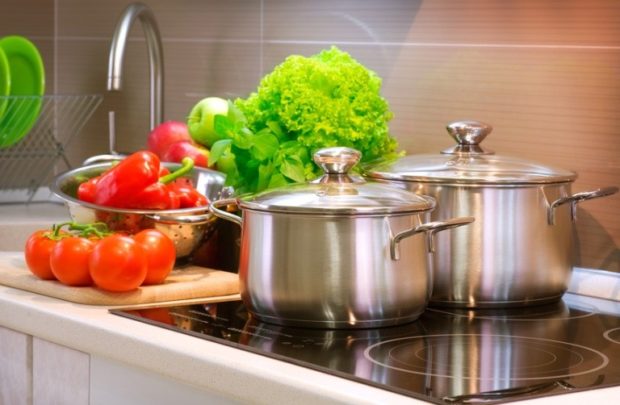
No. 1. Built-in or freestanding?
All existing versions of the stove can be divided into three types:
- freestanding stove with oven;
- built-in hob with dependent oven;
- built-in hob with independent oven.
Freestanding cooker will cost the least and will fit perfectly into those kitchens, the equipment of which is built from separate modules. If desired, the stove can be moved to another place, and the special legs with which all modern models are equipped will allow you to adjust the stove so as to level uneven flooring.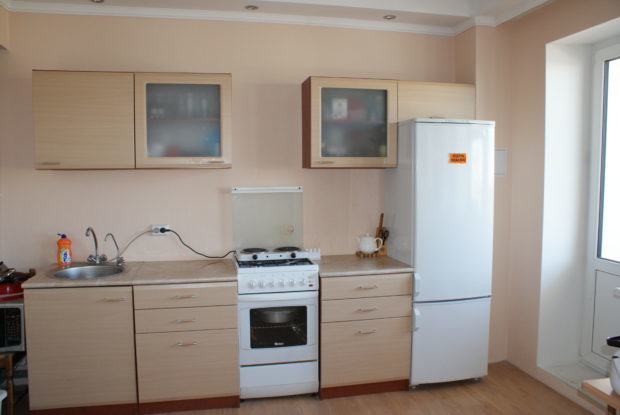
Built-in the hob looks much more aesthetically pleasing to the countertop, because the whole kitchen set it turns out monolithic - the stove will not interrupt the slender rows of cabinets, standing out as a separate block. Looking ahead, we note that the panel can be either gas, electric or combined.
If an option with an integrated panel is selected, consider whether you need oven. In some families, where they cook little and infrequently at home, there is no need for it at all. If without an oven in any way, then will have to decide whether it will be connected with the hob, or work independently. The first option will cost you a little cheaper, but you will have to place the oven strictly under the hob, since both will be controlled from one panel. In addition, in the event of a serious breakdown, both elements will have to be changed.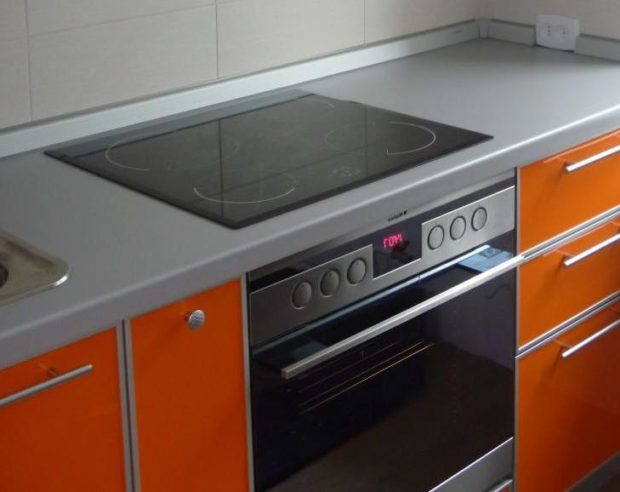
Independent placement Ovens and hobs are a better solution. The oven gets its own control panel and can be located at least in the opposite end of the kitchen from the hob. Thanks to this decision, the kitchen can be equipped more thoughtfully and conveniently. The dimensions of the panel and oven can be completely different.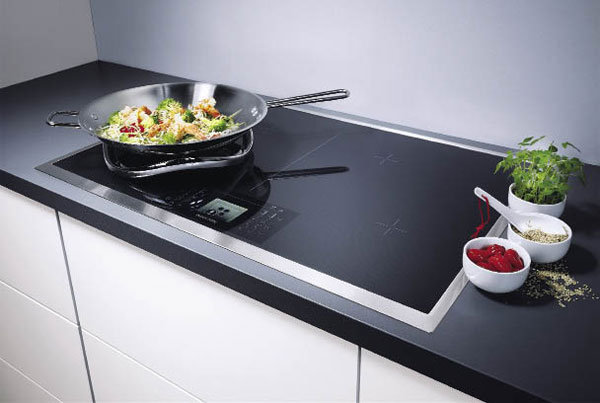
No. 2. Gas or electric stove?
It is most reasonable to make a choice, starting from the degree of availability of the resource. If the house is connected to gas pipeline, it is logical to stop on a gas stove. An electrical analogue is chosen when there are problems with gasification, sometimes according to personal or design preferences. If the house has gas, but you choose an electric stove, the operation will cost you dearly. For those who doubt, there is a combined option: a pair of burners works by burning gas, the rest use electricity.
Gas stoves
On an open fire, foods are cooked more quickly and evenly, they retain more nutrients, since turning the flame on / off can both instantly heat the dishes, and stop it instantly. In fact, you get complete control over the dish, because it is worth turning off the burner, as the heating stops. That's why professional cooks prefer to use gas stoves. The reverse side of the coin is the formation of combustion products, which, together with particles of fat and dust, can settle on the walls and other surfaces with an adhesive layer. A freestanding gas stove is often equipped with a gas oven. If you have chosen a gas hob, you can choose an electric oven.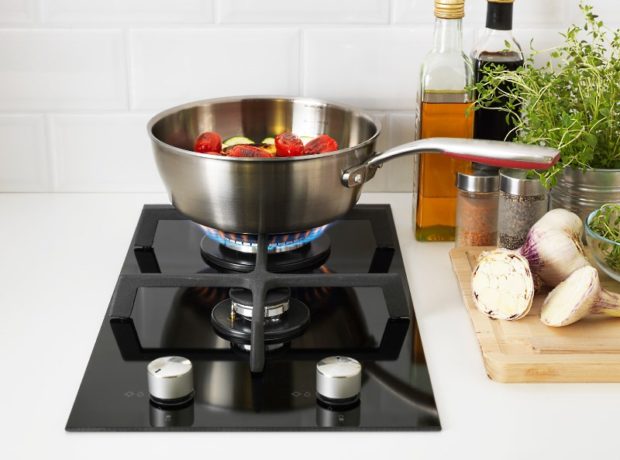
Modern manufacturers, as a rule, equip gas stoves with a function "Gas control": if the flame suddenly goes out, the gas supply will stop. Before buying, it’s better, just in case, to ask about the availability of this option.
Since the Soviet era, gas stoves have undergone minimal changes. Most of the innovations are related to the design, but also some functional updates have appeared. So, for example, some models receive express burners, while others are equipped with stands for using wok pans (they have a round bottom).
Latticeon which the dishes are placed may be enameled or cast iron. The first option is cheaper, but over time, such a grill burns out. The cast iron version behaves much better, but is afraid of falls - it can crack. The hob itself is made of stainless steel or enameled.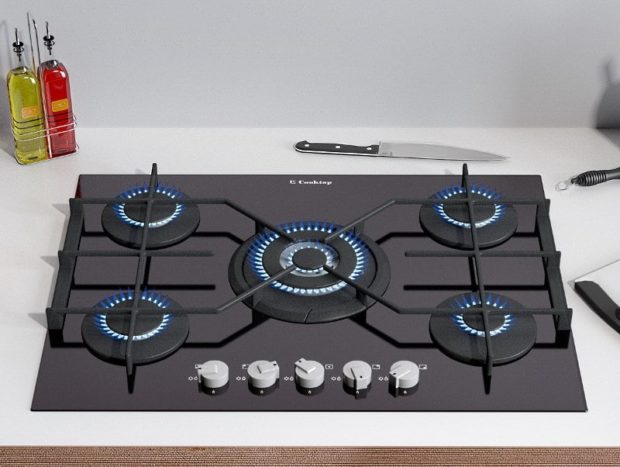
Electric cookers
The burners of the electric stove heat up much more slowly and cool down slowly, so the only way out is not to digest / overcook the dish - just remove the dishes from the burner, throwing valuable heat into the air. Adjusting the degree of heating is much more difficult. Induction panels do not have this drawback. But during operation, the electric hob will not form combustion products, which means that cleaning the kitchen will be easier. In addition, the electric stove is less fire hazard, and gas leaks are out of the question.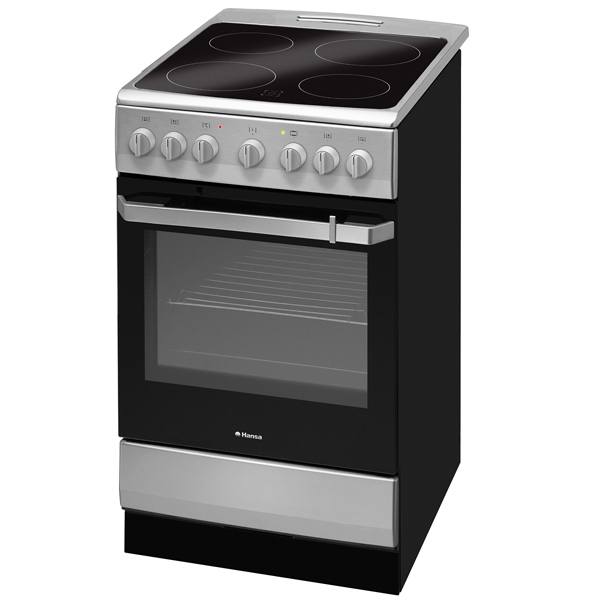
It is convenient that the heat will not spread outside the burner. The cheapest surfaces get clear heating boundaries; in more advanced cooking surfaces, the heating area can be reduced and increased depending on the size of the cookware. The surface may be edged or dispensed with. It is difficult to say which option is better, since with the edging it will be possible to avoid spills of liquid spilled onto the floor, but such products are more difficult to maintain.
Do not forget about combination panelsthat allow you to combine the advantages of gas and electric heating.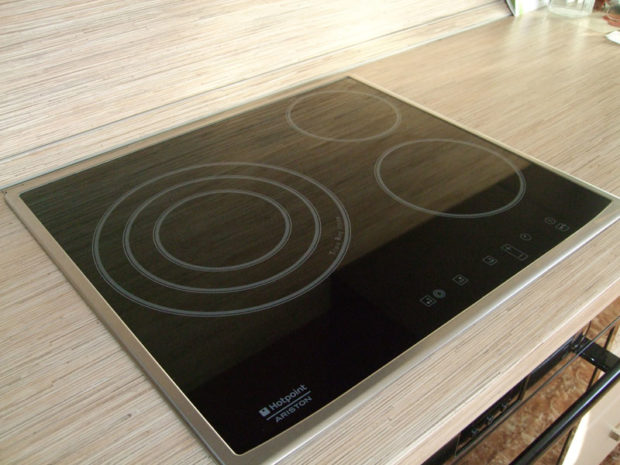
No. 3. Plate dimensions and number of burners
The number of burners and the dimensions of the stove, as you know, are directly dependent on each other. To choose the stove for the kitchen correctly, consider the traditions of food in the family and the area of the kitchen. Standard option - hob or stove 60 cm wide for 4 burners. If there is very little space in the kitchen, then you can take a surface 30 cm wide with two rings. Compact cookers with a width of 50 cm are also sold. Such smaller panels are also suitable for those who do not often cook or live alone. Big family can choose a stove 90 cm wide with 6 burners.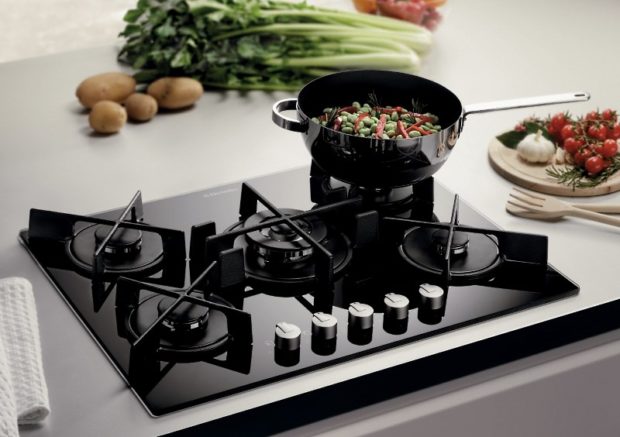
A good cooking surface has burners of different sizes and capacities, so that the hostess does not have problems with cooking different types of dishes. Medium-priced units with standard widths can be equipped with an additional fifth ring. As a rule, it has a small capacity and is intended for languishing dishes, or it can also be paired with one of the main burners when it is necessary to cook something in a large capacity.
The depth of the hobs, as a rule, is 50-60 cm.Manufacturers of freestanding slabs take into account generally accepted height kitchen worktop and they make models with a height of 85 cm, equipping them with legs, thanks to which you can quite evenly expose the plate even on an inclined surface.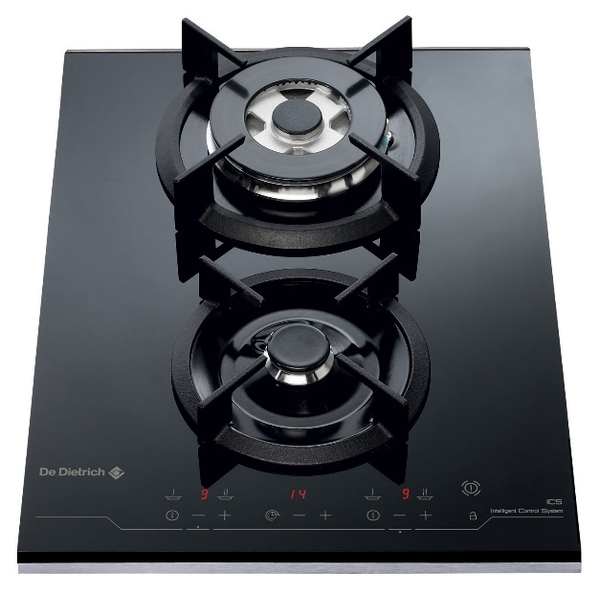
It is advisable not to place the stove in close proximity to the refrigerator (so that hot sprays do not fly on it, and constant direct heating is not carried out) and a sinkas water droplets will reach the surface.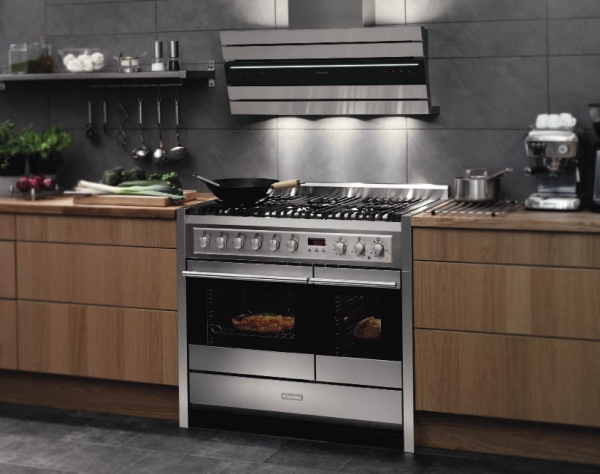
Number 4. Hob material
The hob is made of metal and ceramics, and the burners located on it can be made of different materials and have a different design. We will talk about the burners a little later, but for now we will find out what materials are used for the manufacture of cooking surfaces:
- enameled steel. This is the most budget option. Most Soviet slabs were made with such a coating. It has excellent hygienic qualities, can be painted in almost any shade, but if you don’t keep it, and milk escapes or spills soup, you need to wipe off the dirt immediately, otherwise they will literally dry to enamel, and ohit will be very difficult to clean. It is better not to resort to abrasive products, otherwise you can get a scratched surface, and this is not very aesthetically pleasing. Another minus of enamel is instability to chips;

- stainless steel. It can be matte or polished. Such panels look succinctly, in the spirit of modern interior styles. The surface is very simple to clean, and the runaway products “stick” to it much weaker and are easier to clean. A small minus is the fact that all fingerprints are clearly visible on the metal, but it is not difficult to get rid of them;

- glass ceramic. The material is loved for its beautiful appearance and ease of care. Such a surface is obtained by electric stoves. Glass ceramics is very afraid of sugar, therefore, when preparing dishes containing it, you must be extremely careful. Hot sweet liquid must be wiped off the panel immediately, otherwise unaesthetic cavities may appear. As with other surfaces, abrasive cleaning must be forgotten. Glass ceramics is a fairly durable material that can withstand loads of up to 25 kg per square centimeter. For cooking, it is better to use dishes with a flat bottom, which would completely cover the burner;

- "Gas on the glass." The hob with gas hobs is hidden under a layer of glass ceramic or tempered glass. The first option is preferable, since glass ceramic conducts heat better, but this parameter is not so important, since the gas burner heats the surface so quickly. Tempered glass will cost you less, but you will need to handle it a little more carefully than with glass ceramics, since it is relatively easy to scratch.

No. 5. Type of burners
Gas stoves
We have already figured out the number of burners. It was the turn to understand what type of burners in a gas stove can be, except, of course, the most common:
- oval burners They are great for oblong cauldrons and ducklings, it provides uniform heating in them, which means that the taste of the prepared dishes will be much better. If you often cook in such an oval dish, it is better that there is one corresponding burner on the stove;

- cooking stove. Enthusiastic culinary specialists know that some dishes need to languish over low heat for a long time to achieve the desired taste. Unfortunately, even the smallest and low-power conventional gas burner is not able to provide such conditions. Where it is better to use special burners in which the flame hides under the lid, allowing the heat to be distributed more evenly;
- multi-ring burners have several levels of nozzles and can significantly increase the cooking speed of some dishes.

The surface can be covered by one whole grillbut it’s not very convenient. It will be easier to monitor the cleanliness of the plate if grid design will be sectional and consist of two parts. Perfectionists and lovers of cleanliness can pay attention to models with separate grills for each burner: any pollution can be immediately removed without stopping the cooking process on the other burners. There are grills with a large enough hole above the burner: pots and pans will not fall in there, but difficulties may arise with the Turk, but a special plate grazes that will allow you to calmly place the smallest containers.
It is advisable that the flames warm only the bottom of the dishes, and not its walls, otherwise it will quickly become worthless, and plastic handles will suffer in the first place. Since any gas surface is equipped with burners of different sizes and capacities, there will be no problems.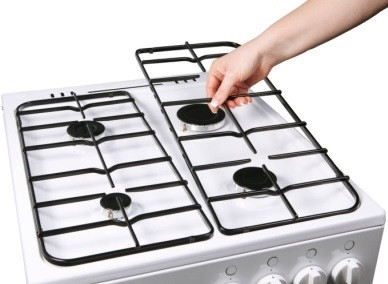
Electric cookers
Speaking of electric stoves, they mean a whole group of devices, united by the fact that the source of heating in them is electricity. It can be transformed and served in various ways, therefore electric hobs can be of different types:
- electric hobs inside. In this case, the spiral heating element is responsible for heating. To warm up, the burner needs time, from 8-10 seconds to 20 seconds, and this is a lot. Above the heater is covered with a cast-iron or steel stand, which is popularly called "pancakes". The oldest, inconvenient, but also the cheapest option;

- burners with tape heating element (high light) more modern, warm up for 3-6 seconds, approaching gas counterparts. Corrugated metal tape in a ceramic dish is responsible for heating. On top of such rings are covered with a glass-ceramic panel;

- burners with rapid elements equipped with nichrome spirals that heat up to 10 seconds. As in the case of a tape heating element, a high starting current will be required, which must be taken into account when choosing circuit breakers hob chains;

- burners with halogen heating elements equipped with quartz tubes filled with discharged halogen vapor. Electric current passing through the gas makes it emit light and heat. It takes only 1 second to warm up, the burner cools down very quickly, consumes little energy, but is expensive and does not differ in durability, therefore such stoves are not widely used;
- induction hobs work fundamentally different. They do not heat the panel, but the dishes. The hob itself becomes slightly warm from contact with heated pans. Magnetic pillows are placed under the burner, which when switched on form an electromagnetic field with the material of the dishes. Dishes should be made of magnetic material and have a thick bottom. Heating is very fast, after turning off the burner it instantly stops. Of the minuses are the price, difficulties in installation and the need to change the utensils in use (or part of it).

An electric burner can not only simply heat, but also have a number of additional functions:
- timer and temperature controller there are almost all models;
- panel indicators they may suggest that some hotplate is still too hot;
- heating area can be regulated depending on the type of utensil used. This is done using controls or smart automation;
- automation will also help in the cooking process. Thanks to the temperature sensors, the burner “understands” whether the liquid has boiled, and after boiling it turns on the minimum mode, then transfers the heating to working temperatures;
- the most advanced burners get Thermal probe, a special device that is inserted inside the meat product and controls its preparation. The hob will shut off as soon as the meat has reached the required degree of readiness.Some particularly powerful burners are equipped with a preliminary shutdown function, so that the dish is prepared from residual heat;
- function memorizing heating and cooking prescription - The prerogative of expensive models, but with such options, the cooking process will be as simple as possible.
Hotplates are controlled by levers or touch buttons.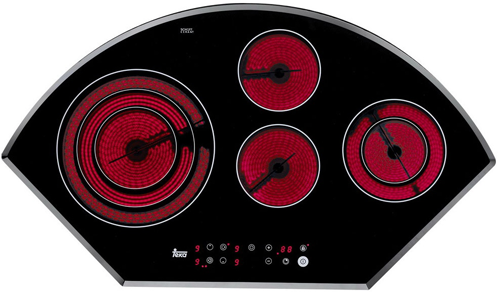
No. 6. The right oven choice
When you have decided on the parameters of the hob, it is time to choose the "bottom". Ovens, like hobs, can extract heat from both gas and electricity. It is believed that electric ovens are better, since they can more accurately adjust the operating parameters. Consider the main properties of each option in more detail:
- gas ovens are cheaper than electric, and in operation they are more economical. In terms of functionality, they lose. The simplest ovens get a gas burner located inside, and the grill is the top heating element. Usually it works on electricity (less economical, but more regulated heating), less often the ovens are equipped with a gas grill (it is difficult to regulate). Some gas ovens also have a convection mode, but in quality of execution it is inferior to the analogue in electric cabinets, because here the fan simply inflates the air heated in the oven. In electric ovens near the fan there is a heater, providing more uniform heating. It is better to take a gas oven with auto ignition;

- electric ovens in the simplest configuration, they have two heating elements, top and bottom. More advanced models get a convection function and 4 heating elements: top, bottom, side and around the fan. With such a device, it will be possible to cook any dishes, achieving the desired result. Moreover, multifunctional ovens can not only bake in different modes, but also help with defrosting and drying vegetables / fruits / mushrooms. On the control panel of the oven, all modes are indicated by clear symbols.

In addition, most ovens, regardless of type, receive built-in backlight and timer. Almost all models have hinged doorless common swinging (such ovens are convenient when placed at eye level), even less often - traveling. The number of glasses may vary, often use double glazing, there are models with 3 and 4 glasses: the more of the more, the better thermal insulation. Management is carried out electromechanically (simply and conveniently) or electronically. The latter allows for finer settings, but also breaks more often.
As for cleaning systems, now use several options:
- traditionalusing a sponge, water and detergent. Fortunately, the enamel in the oven is made so that the dirt does not eat into it and is easily cleaned. This is achieved by the inclusion of graphite and silicon;
- catalytic cleaning carried out thanks to a special coating on the walls. It has small pores, due to which the absorption of fats is carried out for their further breakdown. The cleaning process occurs already during cooking - you do not need to do anything;
- pyrolytic cleaning involves a short-term increase in temperature to 5000C, due to which all pollution simply burn out. It remains only then to remove the ash with a wet sponge. The most effective and expensive way to clean;
- steam cleaning possible in any oven. It is enough to pour water into the baking sheet and turn on a slight heat for 30 minutes. After that, everything pollution will go away much easier.
Ovens are growing in popularity with telescopic rails. It is really much more convenient to get a dish with them. Of the additional features include the control of the oven using Wi-Fi.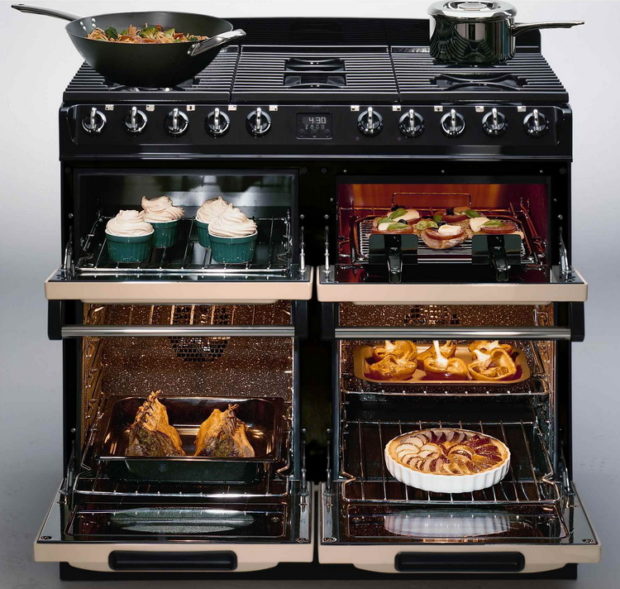
Number 7. Safety rules, or Where to put the stove?
It is better to entrust the installation of the stove to a specialist, especially when it comes to a gas device.In this case, a number of conditions must be met:
- ceiling height in the room at least 2 m;
- the presence of a window;
- Availability hoods;
- close to the wall or corner, it is better not to put the stove - there should be a small gap between the equipment and the device;
- there must be a distance of at least 50 cm from the sink to the stove;
- the minimum distance from the window to the stove is 30 cm.

As for electrical panels, first of all, it is necessary to analyze the possibilities power networks, because the load from the plate will be considerable.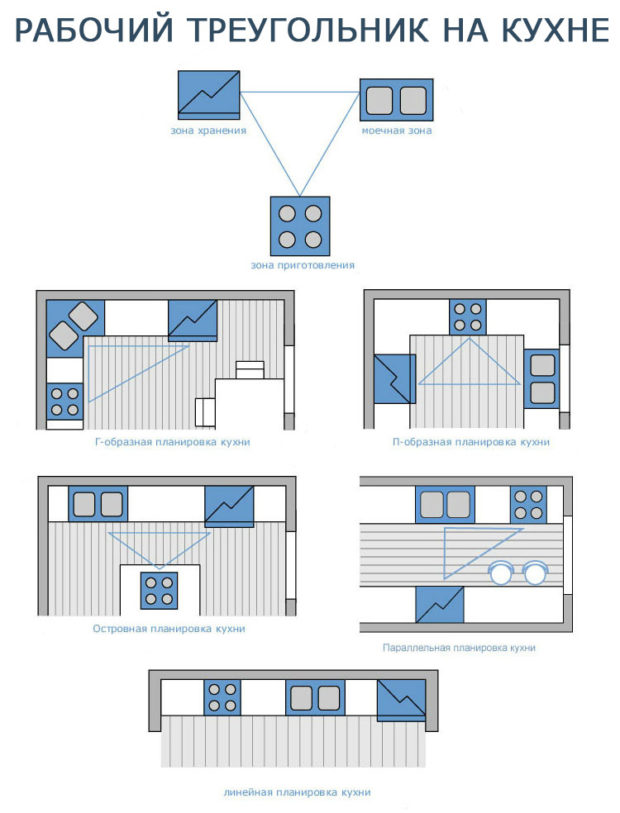
Number 8. Cooker Manufacturers
A huge number of different products with different functionality and price tags are presented on the market. A responsible manufacturer will make even the simplest and most inexpensive stove qualitatively, therefore, when buying such an important and in many ways hazardous equipment, it is better to trust large and reputable manufacturers. This topic we devote separate materialWell, in the meantime, we briefly note that excellent gas and electric, freestanding and built-in stoves are produced by Gorenje, Indesit, Zanussi, Electrolux, Beko, Hotpoint / Ariston, Hansa, as well as Miele, Bosch, Samsung and Siemens. Also, products under the brands Greta, Gefest, Cameron and Deluxe proved to be quite good.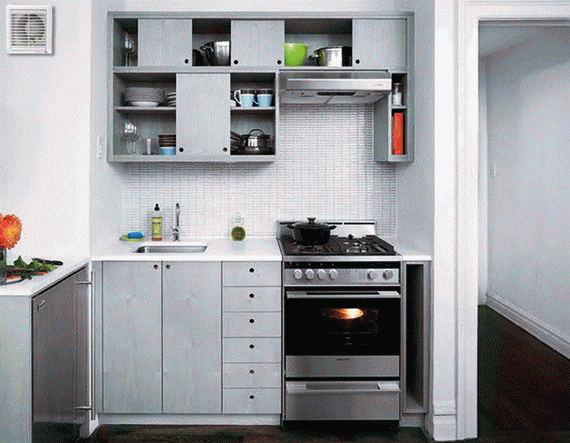
Finally
How to choose a stove in the kitchen and not pay attention to its design! Simple classic models will be practical almost everywhere, but if you want to decorate the kitchen in the style of provence, country, hi-tech or any other direction, then pay attention to stylized slabs - there are many of them in stores.

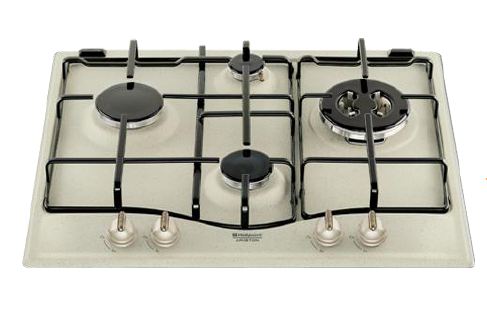
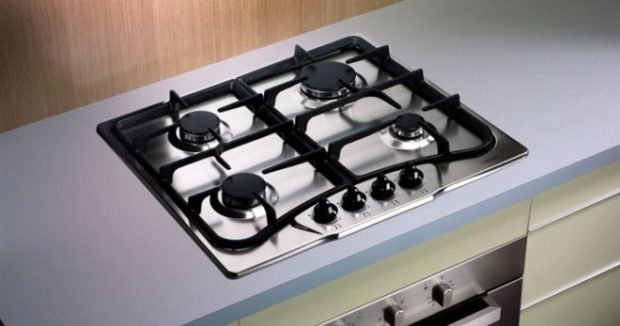
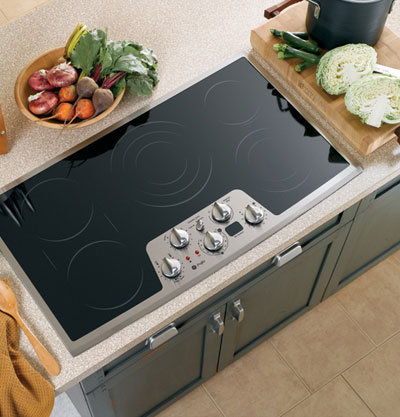
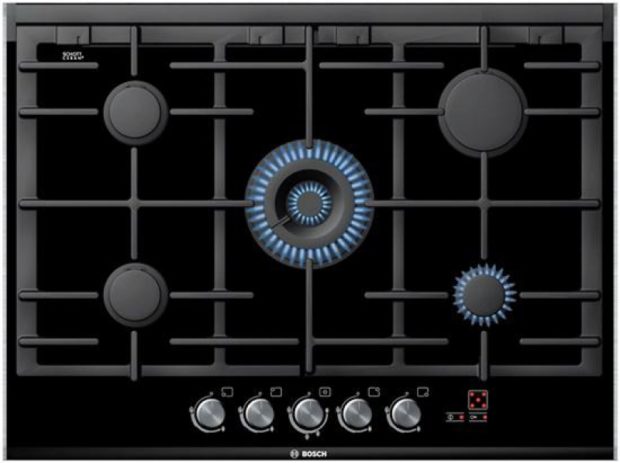
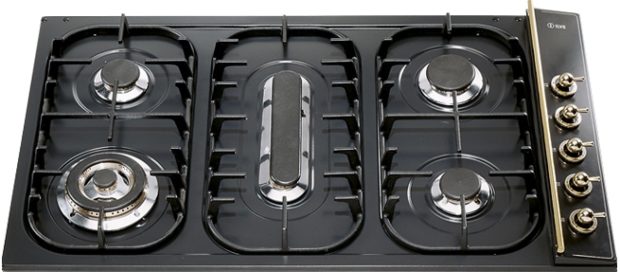
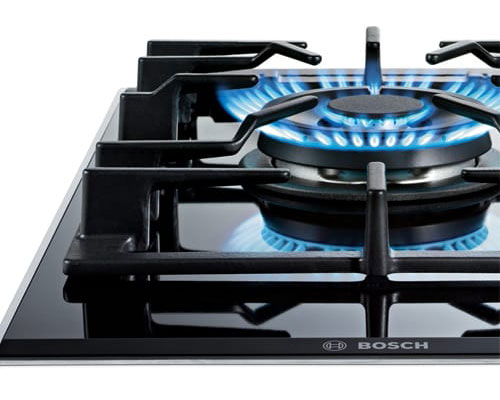
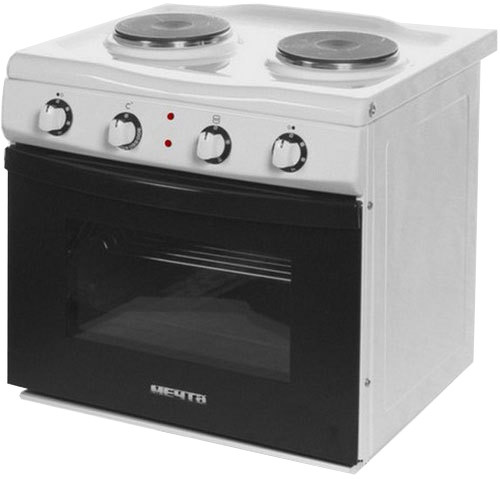
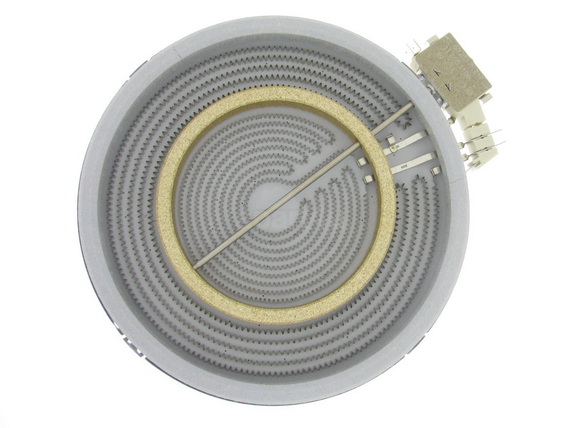
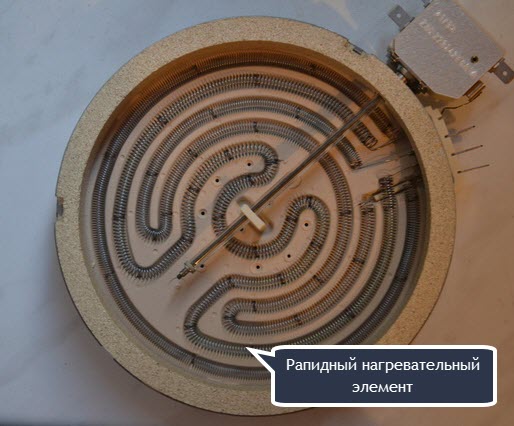
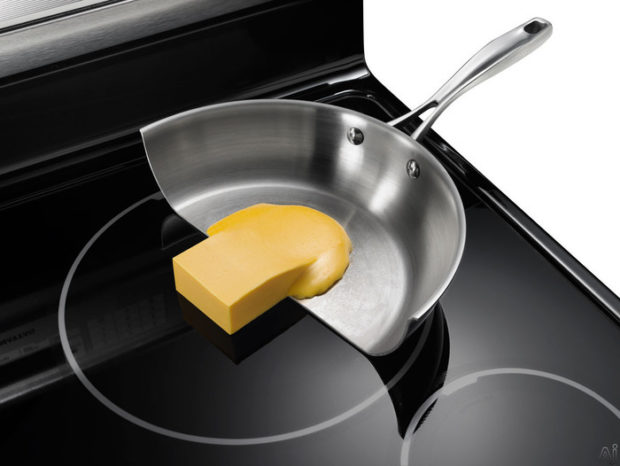
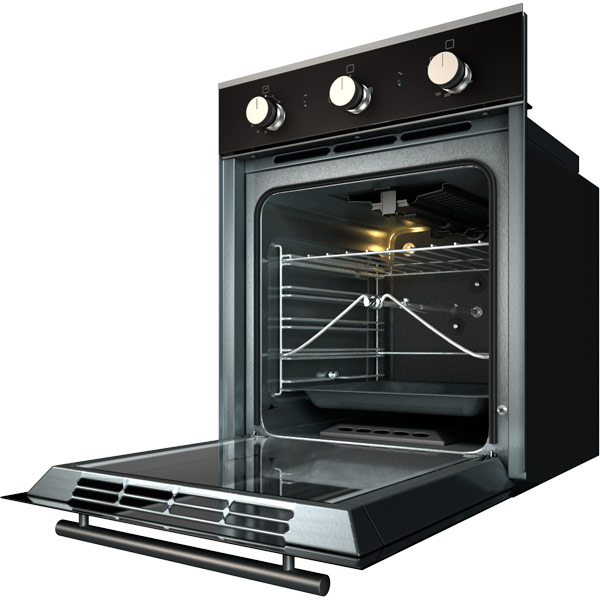
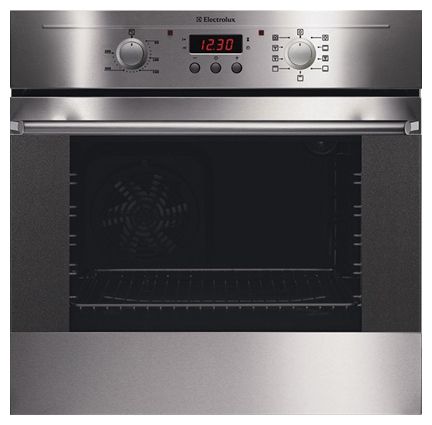
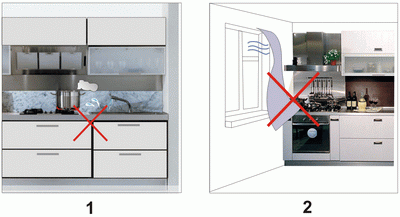

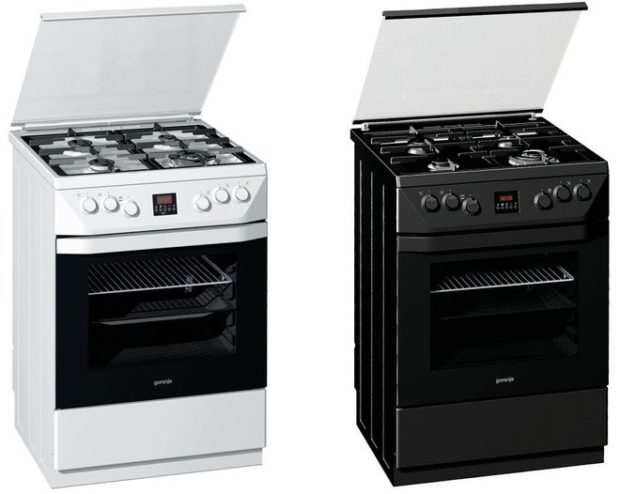
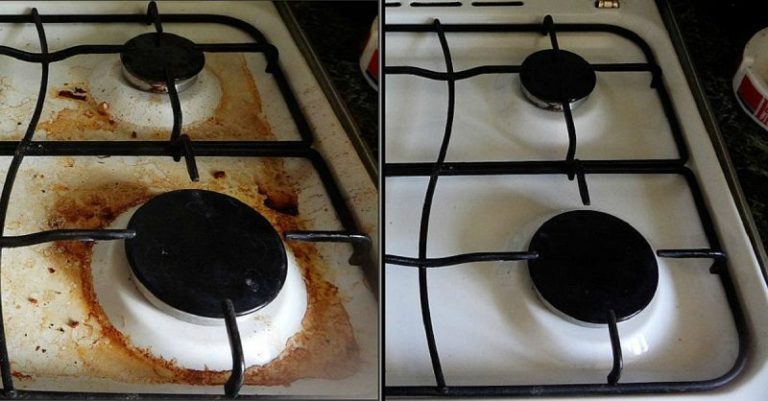
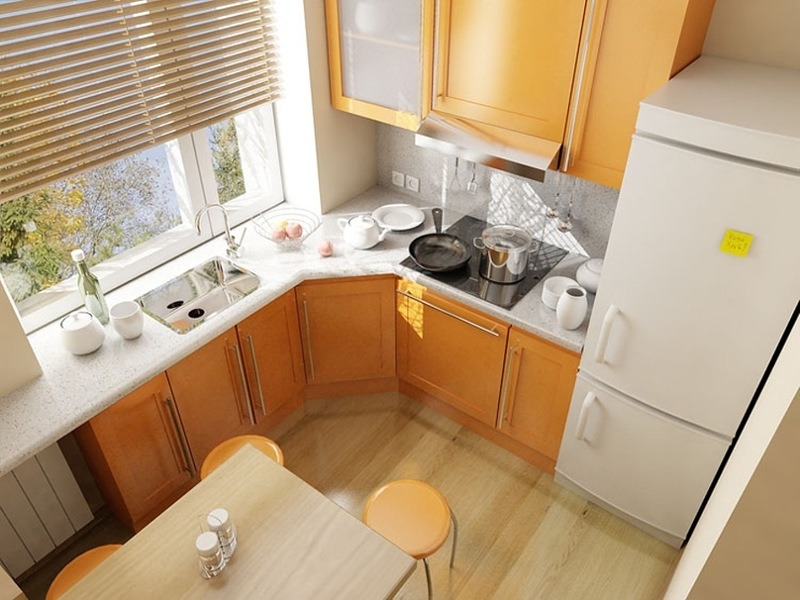
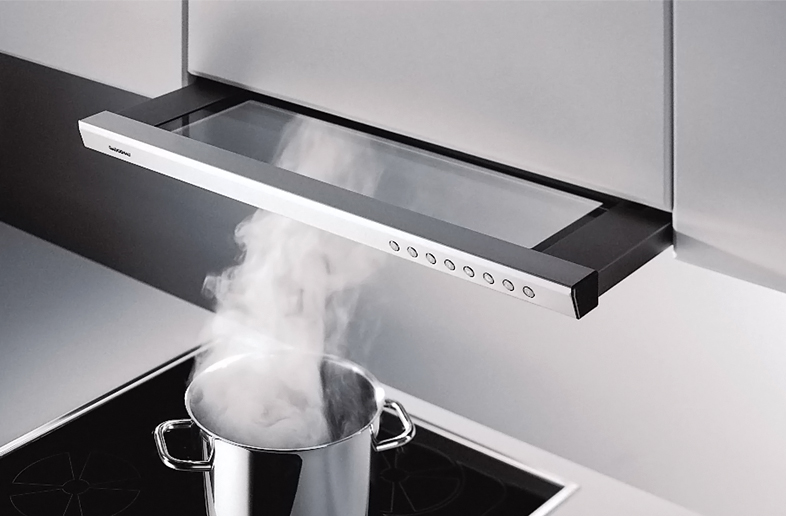
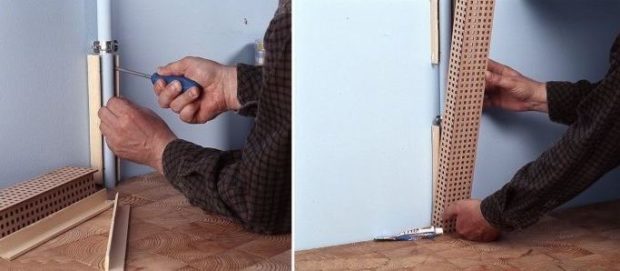
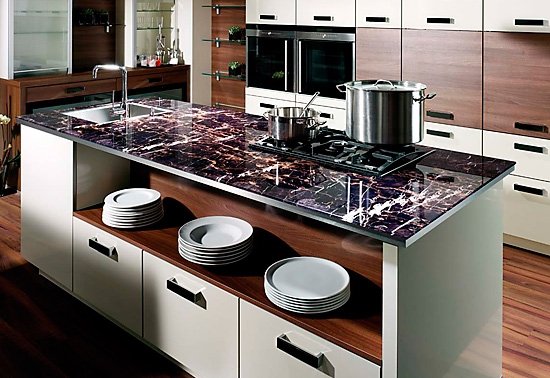
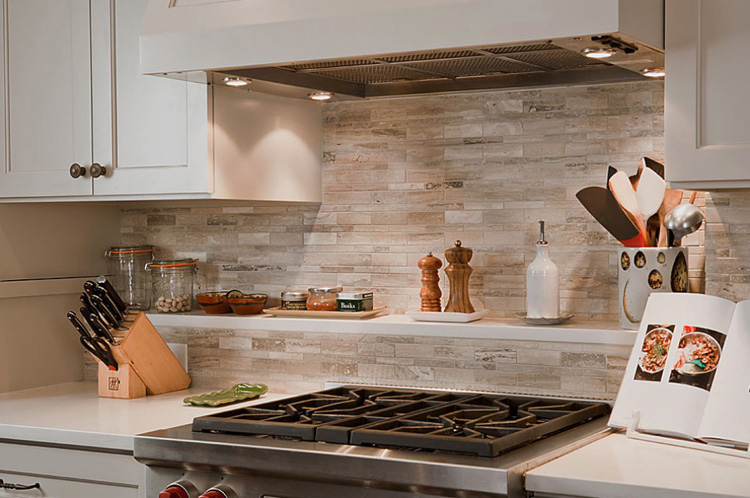

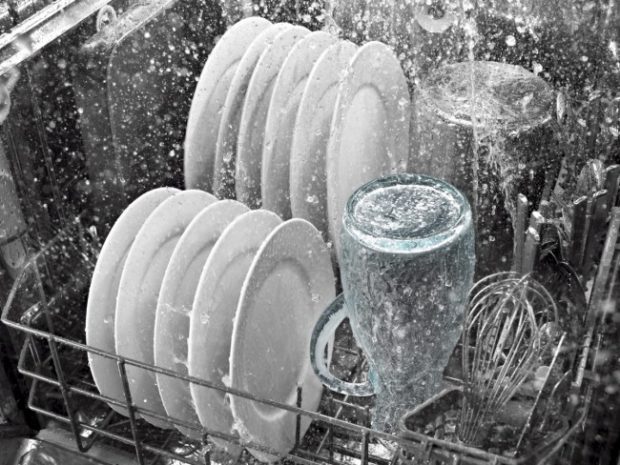
Yes, the final choice depends on the area of the kitchen. At our place the built-in gas stove stands on 4 burners, we have enough. Manufacturer - Hotpoint.